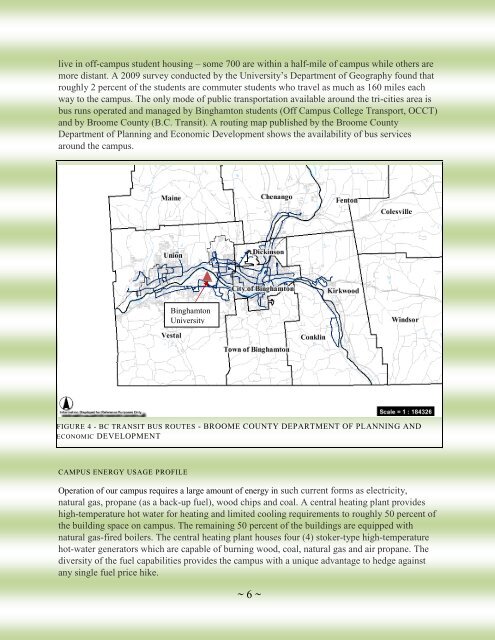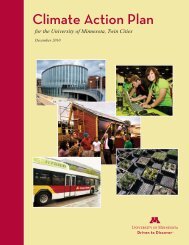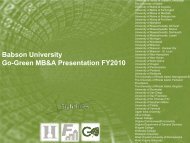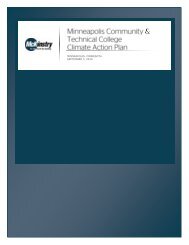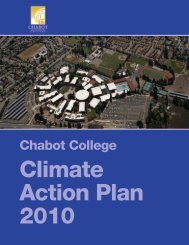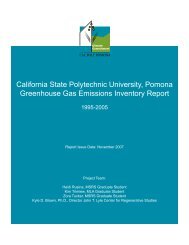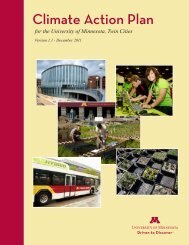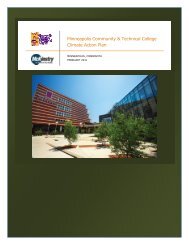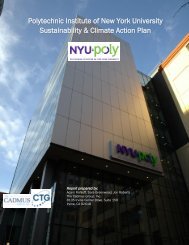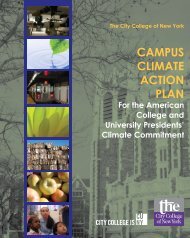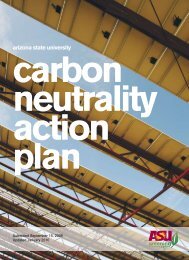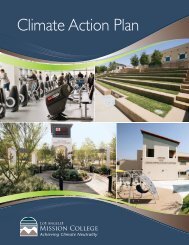Climate Action Plan - Binghamton University
Climate Action Plan - Binghamton University
Climate Action Plan - Binghamton University
Create successful ePaper yourself
Turn your PDF publications into a flip-book with our unique Google optimized e-Paper software.
live in off-campus student housing – some 700 are within a half-mile of campus while others aremore distant. A 2009 survey conducted by the <strong>University</strong>’s Department of Geography found thatroughly 2 percent of the students are commuter students who travel as much as 160 miles eachway to the campus. The only mode of public transportation available around the tri-cities area isbus runs operated and managed by <strong>Binghamton</strong> students (Off Campus College Transport, OCCT)and by Broome County (B.C. Transit). A routing map published by the Broome CountyDepartment of <strong>Plan</strong>ning and Economic Development shows the availability of bus servicesaround the campus.<strong>Binghamton</strong><strong>University</strong>FIGURE 4 - BC TRANSIT BUS ROUTES - BROOME COUNTY DEPARTMENT OF PLANNING ANDECONOMIC DEVELOPMENTCAMPUS ENERGY USAGE PROFILEOperation of our campus requires a large amount of energy in such current forms as electricity,natural gas, propane (as a back-up fuel), wood chips and coal. A central heating plant provideshigh-temperature hot water for heating and limited cooling requirements to roughly 50 percent ofthe building space on campus. The remaining 50 percent of the buildings are equipped withnatural gas-fired boilers. The central heating plant houses four (4) stoker-type high-temperaturehot-water generators which are capable of burning wood, coal, natural gas and air propane. Thediversity of the fuel capabilities provides the campus with a unique advantage to hedge againstany single fuel price hike.~ 6 ~


